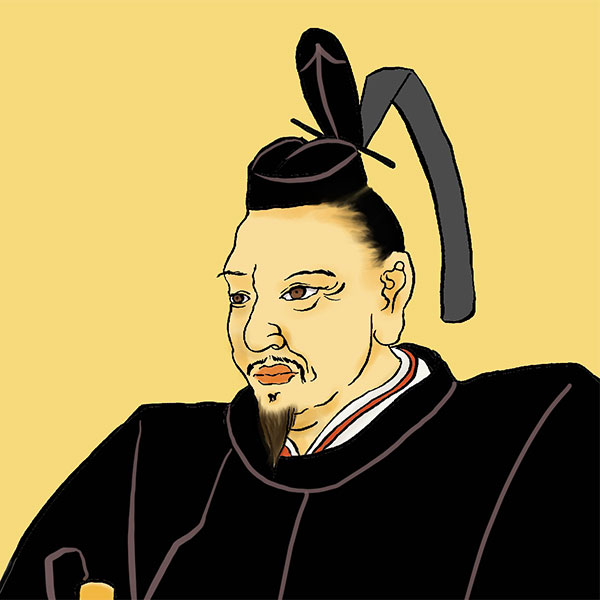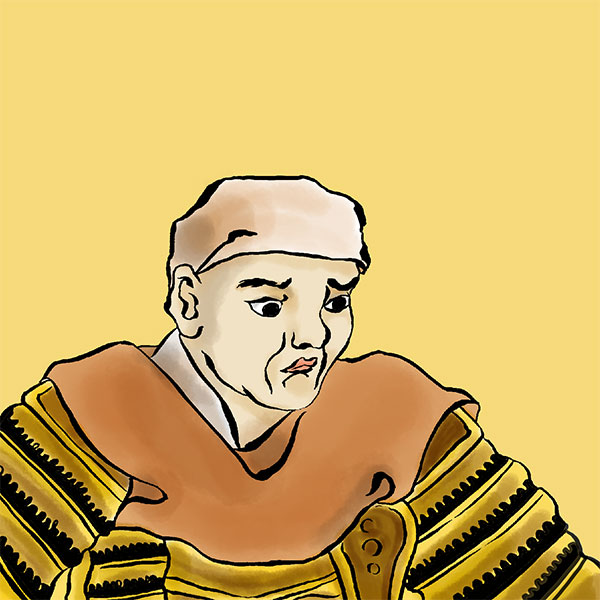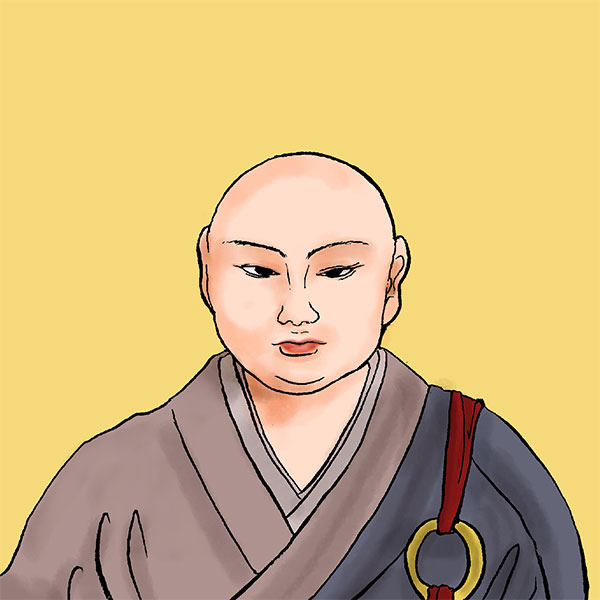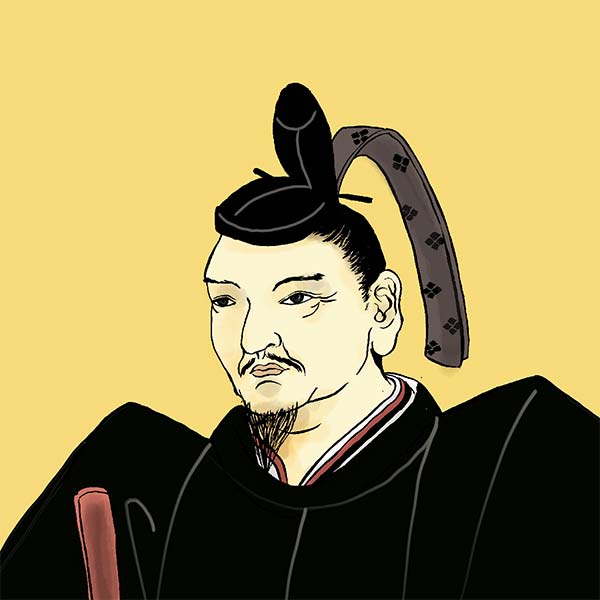Onin War (1/2)The 11-year civil war that triggered the Sengoku period
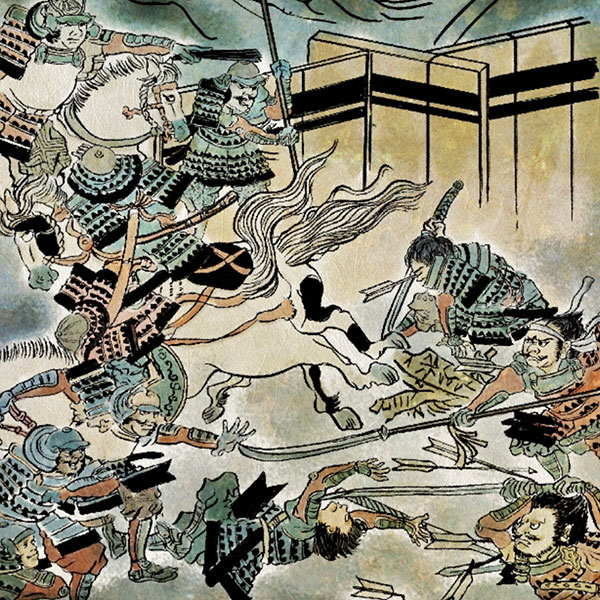
Onin War
- Article category
- case file
- Incident name
- Onin War (1467-1477)
- place
- Kyoto
- Related castles, temples and shrines

Nijo Castle
- people involved
The Onin War was a civil war that occurred mainly in Kyoto for about 11 years from 1467 to 1477 during the Muromachi period. Because the era name changed midway through, it is sometimes referred to as the ``Onin Bunmei Rebellion.'' This war, which ushered in the Sengoku period of military divisions, developed into a dispute that divided the shogun family into two, triggered by a dispute over the headship of the Hatakeyama family, the shugo daimyo. It is said that Kyoto was reduced to ashes as a result of the battle that shook the very foundations of the Shogunate. This time, we will take a closer look at the Onin War.
Why did the Onin War occur? Cause 1: Conflict between Katsumoto Hosokawa and Sozen Yamana
During the mid-Muromachi period, when the Onin War occurred, the Muromachi Shogunate ruled Japan. The head of the Muromachi shogunate was the shogun, but the shugo daimyo who ruled each region also had strong influence. Particularly powerful were the families called ``Sankan Shishoku.'' ``Sankan'' refers to the three families who alternately held the post of kanrei, who were the shogun's assistants and the de facto political leaders of the shogunate, and referred to the Hosokawa family, the Shiba family, and the Hatakeyama family. The ``Four Jobs'' are the four families that alternately hold the post of chief of the samurai office: the Akamatsu family, the Isshiki family, the Yamana family, and the Kyogoku family.
Of these, the ones who had considerable power just before the Onin War were Katsumoto Hosokawa of the Sankan, Hosokawa family, and Sozen Yamana, of the Yamana family, Shishoku. By the way, Katsumoto's legal wife is Sozen's adopted daughter, and the two are step-parents. At first, the two cooperated politically, but after a conflict over the revival of the Akamatsu clan, which had been subjugated for killing the sixth shogun, Yoshinori Ashikaga, they gradually became enemies. Become. They also support different people in the family succession battles introduced below. Their participation in the family succession dispute led to the Onin War, a great war that lasted 11 years.
Why did the Onin War occur? Cause ② Hatakeyama family succession dispute
The cause of the Onin War is said to be a dispute over the headship of the Hatakeyama family. Mochikuni Hatakeyama, the shugo daimyo of Kawachi (present-day eastern Osaka), Kii (Wakayama and southern Mie prefectures), Etchu (Toyama prefecture), and Yamashiro (southern Kyoto prefecture), was competing to succeed his son Yoshinari Hatakeyama and his nephew. Masanaga Hatakeyama contested. Normally, a son would be the successor, but Mochikuni Hatakeyama was unable to have children, so he designated his nephew as his successor.
However, Mochikuni had a son (Yoshinari) born with a prostitute. However, at that time there was no such thing as DNA testing, so it was impossible to know whether Yuko was really her child. For this reason, Yoshinari was sent to the temple. However, he was surprised to see that Mochikoku was reunited with Yoshinari. Because Yoshinari looked just like me. Mochikuni recognized Yoshinari as his own son, returned him to secular life, and designated him as his legitimate son and successor.
This angered his nephew Masanaga and his supporters. In this way, Masanaga came into conflict with Yoshinari, and the Hatakeyama family was divided. After Mochikuni died, Yoshinari succeeded to the headship of the family, but the shogunate recognized Masanaga, not Yoshinari, as the successor. Naturally, Yoshinari is not convinced. Sozen Yamana supported Yoshinari. On the other hand, Katsumoto Hosokawa was appointed as Masanaga. In this way, the battle for succession to the Hatakeyama family became embroiled in a conflict between Katsumoto and Sozen.
In addition, a dispute over the headship of the Shiba family also occurred around the time. In 1452, Yoshitake Shiba, the governor of Echizen (Reihoku region of Fukui prefecture, northwestern Gifu prefecture, etc.), Owari (western Aichi prefecture), and Totomi (western Shizuoka prefecture, etc.), was 18 years old without a successor. died at a young age. His adopted son Yoshitoshi Shiba was supposed to succeed him, but he clashed with senior vassals. As a result, Yoshikazu Shiba, who was originally from the Shibukawa clan, became the successor to the Shiba family. Dissatisfied, Yoshitoshi turned to Sozen Yamana, who was his wife's father. This conflict also became involved in the Onin War.
Cause of the Onin War ③ Shogun family succession dispute
A major cause of the Onin War is the dispute over the succession of the 8th Shogun, Yoshimasa Ashikaga. Yoshimasa is known for building Ginkaku-ji Temple, along with his legal wife Tomiko Hino.
It was difficult to form an heir between Yoshimasa and Tomiko. For this reason, Yoshimasa converted his younger brother Yoshimi Ashikaga, who had become a monk, to secular life, adopted him, and designated him as the ninth shogun. By the way, at this time, Yoshimi was a monk of the Tendai sect of Jodo-ji Temple in Kyoto, and had a noble status that allowed him to live a good life without having to go out of his way to return to secular life. Moreover, if a child is born between Yoshimasa and Tomiko in the future, he will become a nuisance. For this reason, Yoshimasa refused Yoshimasa's request, but when Yoshimasa sent him a letter of invitation saying, ``Even if a son is born, I will not allow him to inherit the headship of the family,'' and Katsumoto Hosokawa was appointed as his guardian, he accepted his return to secular life.
However, later Tomiko gave birth to Yoshihisa Ashikaga. Tomiko develops a desire to make her own child her successor. Therefore, Tomiko, with Sozen Yamana as her guardian, lobbied various quarters to make her son the successor. In recent years, a theory has emerged that the guardian at this time was not Sozen Yamana, but Sadachika Ise, a close aide who acted as Yoshimasa's parent.
In this way, Yoshimi and Yoshihisa come into conflict. Moreover, Yoshimasa, who should decide on a successor, has not clearly decided on a successor. In fact, Yoshimasa was quite enthusiastically involved in politics when he first became shogun, but he completely lost his motivation due to conflicts with the shugo daimyo.
Yoshimasa's lack of motivation led to the Bunsho Coup in the summer of 1466. Yoshimasa's close aides, including Sadachika Ise, falsely accused Yoshimi of plotting a rebellion and called for Yoshimi to be expelled and killed. At this time, Sozen Yamana and Katsumoto Hosokawa, who want to reduce the power of Yoshimasa and his aides, cooperate to protect Yoshimasa. Even though Yoshimasa was a shogun, he could not go against the two powerful people. As a result, the authority of the shogun of the Muromachi shogunate decreased. Yoshimasa becomes even less motivated and ends up contributing to the development of culture as a cultural figure.
And then to the Onin War
The internal conflict between the Hatakeyama family and the Shiba family was intertwined with the issue of succession to the Shogun family, and the conflict between the Yamana faction (Western army) and the Hosokawa faction (Eastern army) gradually became more intense. In 1466, Yoshinari Hatakeyama, allied with Sozen Yamana, led an army and invaded Kyoto. As a result of meeting with Yoshimasa Ashikaga and putting pressure on him, Yoshimasa invited Yoshinari to the Shogun's residence, commonly known as the ``Flower Palace,'' and dismissed Masanaga from his position as Kanrei on the New Year's Day in 1467.
Katsumoto Hosokawa and Masanaga Hatakeyama objected to this move and plotted to occupy the Hana no Gosho and force Yoshimasa to issue the order to subjugate Yoshinari, but they failed. Afterwards, Masanaga set his own mansion on fire and set up camp at Kamigoryo Shrine (Kamigyo Ward, Kyoto City, Kyoto Prefecture), showing his readiness for a complete resistance. He then asks Katsumoto for help, but Yoshimasa Ashikaga appears. Katsumoto ordered both sides to ``settle the dispute between the Hatakeyama families among themselves,'' so Katsumoto had no choice but to follow the orders and did not help Masanaga. As a result, Katsumoto was criticized for not being able to place himself upwind of a samurai.
When Sozen Yamana and his friends saw Masanaga's movements, they ``evacuated'' the Emperor and Retired Emperor to Hana no Gosho, and then besieged the Gosho. They are appealing to Yoshimasa to expel Masanaga and Katsumoto. In addition, he ignored Yoshimasa's orders and joined forces with Yoshinari Hatakeyama. In this way, on January 18th, the two sides clashed, and the ``Battle of the Spirits'' occurred. Masanaga, now at a military disadvantage, fled and was forced to hide in Katsumoto's mansion. This battle triggered the start of the Onin War, and in May 1467, a full-scale war began in Kamigyo Ward, Kyoto City, Kyoto Prefecture.
Onin War ① “Western Army” and “Eastern Army”
During the Onin War, each faction was divided into the "Western Army" and the "Eastern Army" and fought each other. Let's take a look at each faction at the start of the Onin War.
(Gathered on the west side of Kyoto. 110,000 troops) - Sozen Yamana
Yoshihisa Ashikaga
Yoshinari Hatakeyama
Yoshiaki Shiba
In addition, Shugo daimyos such as the Isshiki clan, the Rokkaku clan, and the Toki clan (Gathered on the east side of Kyoto. 160,000 troops) - Katsumoto Hosokawa
Ashikaga prosthetic vision
Masanaga Hatakeyama
Yoshitoshi Shiba
In addition, Shugo daimyos such as the Akamatsu clan, the Kyogoku clan, and the Wakasa Takeda clan
Furthermore, the Shiba clan, which is currently in the midst of internal conflict, has split and is now siding with both sides.
Onin War ② Full-scale battle begins
The first full-scale battle between the Western and Eastern armies was the Battle of Kamigyo on May 26, 1467. The eastern military commander, Nobutaka Takeda, and others attacked and occupied Yoshinao Isshiki's residence, which was located next to the Imperial Palace. This was a strategy by the Eastern Army to win over General Yoshimasa Ashikaga to their side. The plan was successful, and Katsumoto Hosokawa safely "protected" Yoshimasa. On the other hand, the western army burned down the residence of Katsuhisa Hosokawa, a member of the Hosokawa family. The battle was inconclusive and both sides suffered, but the eastern army had the advantage as it was able to hold down the general.
- people involved

- WriterNaoko Kurimoto(Writer)I am a former travel industry magazine reporter. I have loved history, both Japanese and world history, since I was a child. I usually enjoy visiting temples and shrines, especially shrines, and often do ``pilgrimages to sacred places'' themed around historical figures. My favorite military commander is Ishida Mitsunari, my favorite castle is Kumamoto Castle, and my favorite castle ruins is Hagi Castle. My heart flutters when I see the ruins of battle castles and the stone walls of castle ruins.


